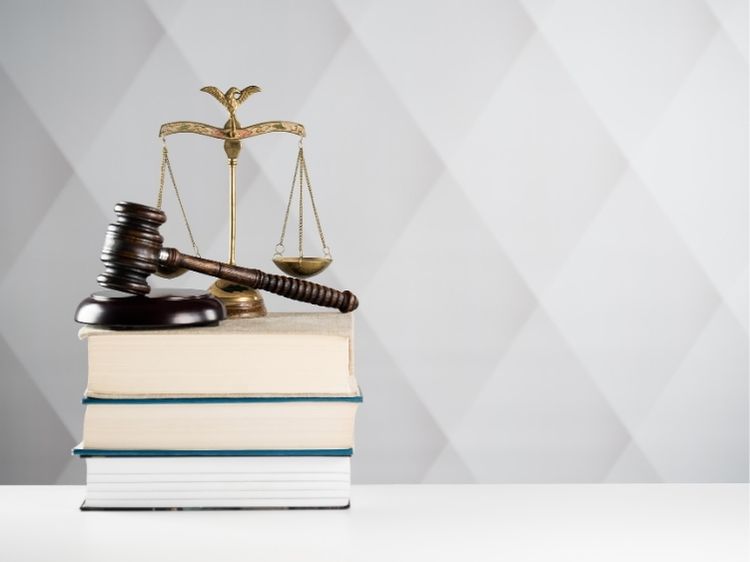The phrase “Jim Crow laws” evokes one of the most dark chapters of American history. These laws were not simply legal requirements They were instruments of oppression in the system that codified discrimination based on race and gender for a long time. The genesis of these laws go through their earliest days in the Reconstruction Era, but their disastrous effects lasted throughout the century. Understanding the origins, application and eventual elimination of Jim Crow laws is crucial in recognizing the achievements made in civil rights, and understanding the work that must be completed.
Origins of Jim Crow Laws
The beginnings in the creation of Jim Crow laws can be traced back to the time following the Civil War and the abolition of slavery. Following The Reconstruction Era, which sought to reintegrate previously slaved people in American society, states in the south started enacting laws that restricted the newly-found freedoms enjoyed by African Americans. They were named after a minstrel character who perpetuated stereotypes of racism and racial stereotypes, these laws were created to ensure a strict system of racial distinction.
In reality, Jim Crow laws were put in place to exclude African Americans, segregate public areas, and limit accessibility to schools, work and housing. The primary goal was clear – to protect white supremacy in the midst of a changing society.
Key Features of Jim Crow Laws
Jim Crow laws pervaded nearly all aspects of daily living in southern United States. They determined the places people lived and work as well as socialize solely based on their skin. The law was enforced to discriminate in the transportation system, schools restaurants, and hospitals. For instance, African Americans were often forced to have separate entrances, be within designated zones, and go to schools that were not adequately funded.
Voting restrictions were another characteristic that was a part of Jim Crow laws. Literacy tests, poll taxes as well as grandfather clauses, were created to exclude Black voters. Although African Americans met these requirements They often encountered intimidation and violence in elections, effectively shutting down their voices.
The Social and Psychological Impact
The effects on the nation’s Jim Crow laws went far beyond the physical separation. They exacerbated a sense of inferiority within African Americans and perpetuated damaging stereotypes that persisted within American culture. The laws also created an atmosphere of subjugation and fear as acts of rebellion frequently being punished with harsh punishment.
The systemic inequality led to cycles of poverty that limited opportunities for the next generation of African Americans. In spite of these obstacles, Black communities built resilient cultural institutions, such as churches as well as schools and companies, which became the powerful pillars of strength in an oppressive time.
Resistance and the Civil Rights Movement
While Jim Crow laws sought to restrict African Americans, they also encouraged the resistance. Civil rights activists from the beginning like Ida B. Wells and W.E.B. Du Bois, exposed the discrimination of segregation through their writing and advocacy. Organisations such as the NAACP have fought hard to contest the legitimacy of Jim Crow laws in court.
The mid-20th century saw an important moment in history with the beginning of Civil Rights Movement. Famous cases such as Brown v. Board of Education in 1954 declared segregation within public schools to be unconstitutional, indicating the end of the road of Jim Crow laws. The activists like Martin Luther King Jr., Rosa Parks, and Malcolm X mobilized mass protests including sit-ins, marches, and sit-ins that brought awareness to the dire situation facing African Americans.
Legislative victories followed with an act of the Civil Rights Act of 1964 and the Voting Rights Act of 1965 removing the legal basis for segregation. However, the fight for equality of race didn’t end with the abolishment of Jim Crow laws. The legacy of racism that was systemic continues to impact American society today.
The Enduring Legacy of Jim Crow
Even though Jim Crow laws are a remnant of the past but their impact remains in contemporary racial discrimination. Housing discrimination, economic inequality as well as educational inequality are a few examples of how this legacy are manifesting in modern America.
Understanding the history of slavery is vital for ensuring a more equal future. It is a reminder of the risks of oppression systemic and the necessity of vigilanteness in defending civil rights.
Conclusion
Jim Crow laws represent a difficult section of American history that should not be overlooked. They were a result of racial discrimination, which attempted to eliminate an entire group of people based on skin color. However, the tenacity and determination of those who stood up against these injustices opened the way for significant social advancement.
The lessons learned from those of the Jim Crow era remain relevant even as the battle for justice and equality continues. In analyzing this dark period, the society can work to stop the recurrence of these injustices and strive towards the day when equality isn’t just an aspiration, but actually it is a fact.

